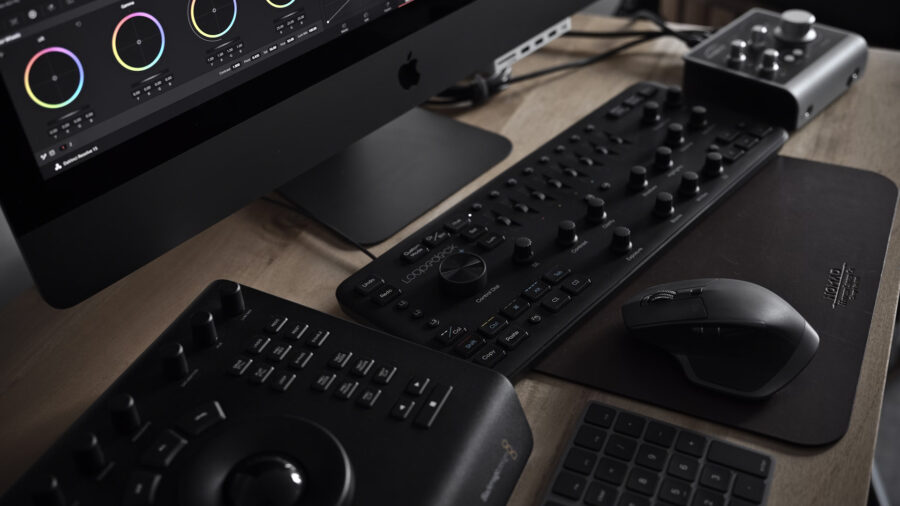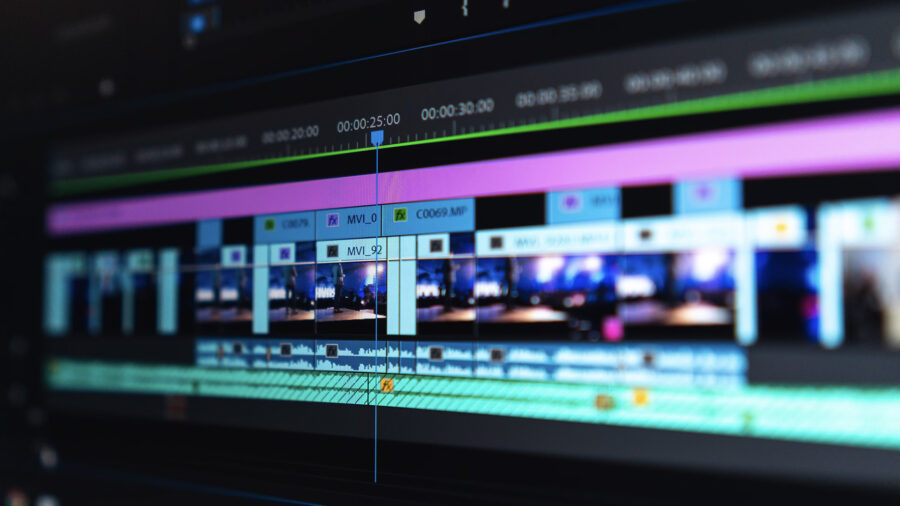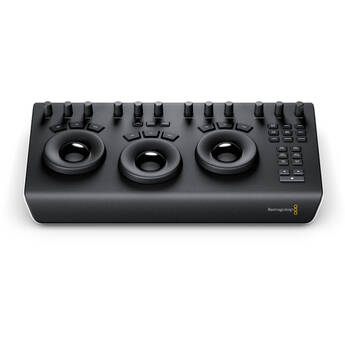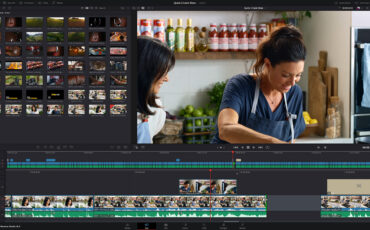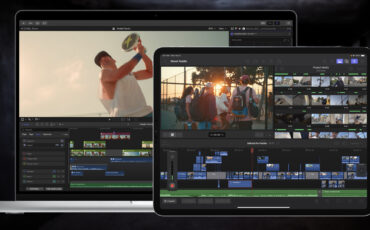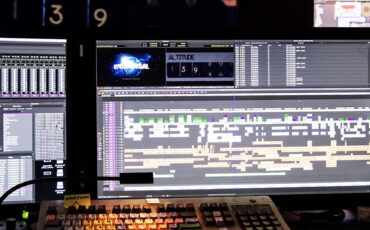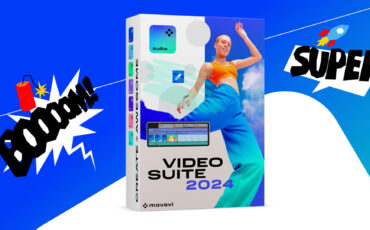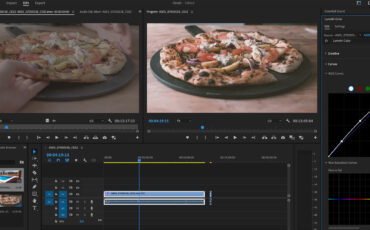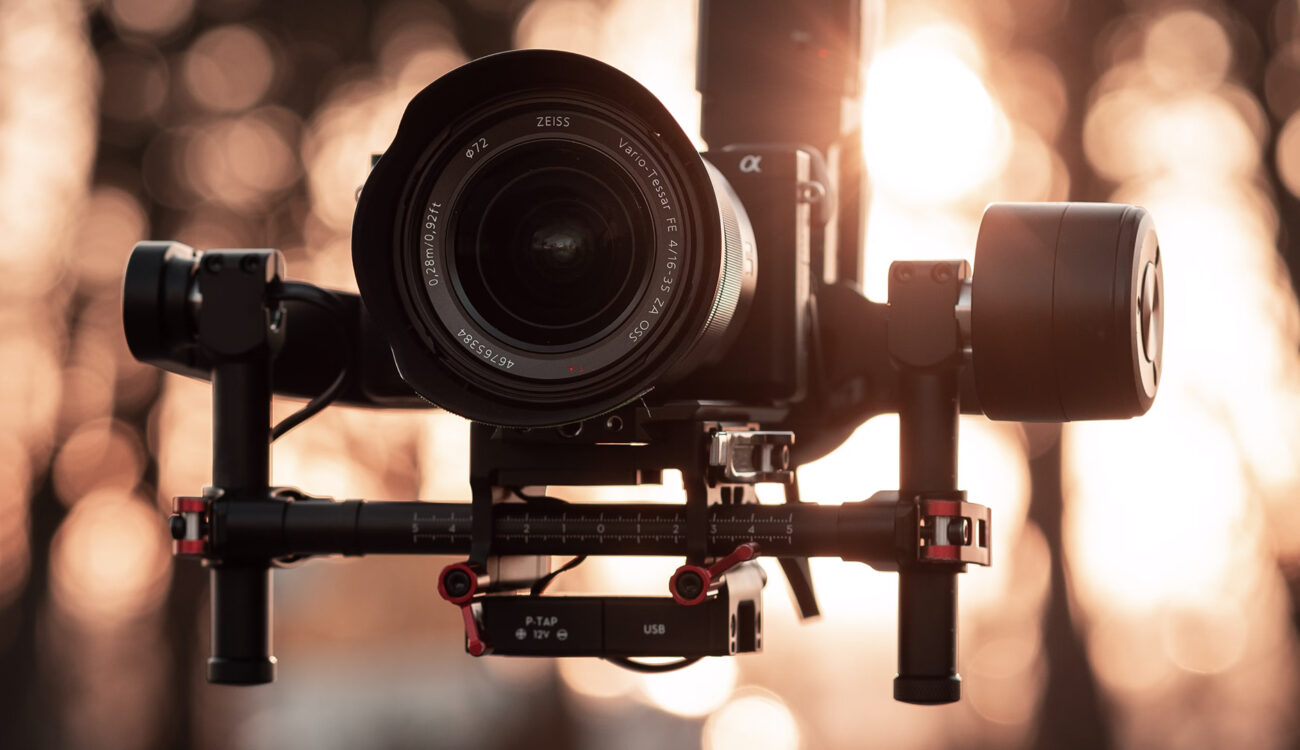
One of the most pivotal lessons in filmmaking is the concept of ‘shooting for the edit’. This approach isn’t just about capturing footage; it’s about envisioning the final cut during every stage of production. Why is this mindset vital across all filmmaking roles? Let’s explore further.
In my journey throughout the world of filmmaking, through a lot of trial and error, I’ve learned to consistently maintain one fundamental rule: whether you aspire to be a writer, director, cinematographer, or even a jack of all trades, you need to think like an editor. This philosophy is not just a suggestion, but the very foundation on which every cohesive and compelling narrative is created.
The art of anticipating the edit
The art of shooting for the edit lies in anticipation. Before you write the next scene, or hit that big RED button on the side of your camera to silence the hair dryer-like noise and call ‘ACTION!’, understanding how each shot will piece together in the final cut is crucial. It’s about foreseeing the rhythm, the transitions, and the narrative flow, which is also where shot lists and/or storyboards can be particularly helpful tools. This foresight not only prevents the creation of disjointed footage that becomes challenging to weave into a coherent story, but also makes the person who’s lumped with your rushes less likely to want to jam their Blackmagic Design DaVinci Resolve Micro Panel into your face.
Beyond the technicalities of shooting for the edit
Shooting for the edit isn’t solely a technical skill; it’s a profoundly creative endeavor. For those of you who get worked up in a sweat at the mere thought of commitment, shooting for the edit actually teaches you a valuable discipline. It pushes you to make intentional artistic choices, giving you the confidence in knowing how these choices will translate in post-production, and in the process, saving you time, as well as money. In turn, this could also reduce the number of people who despise working with you, which is a plus for your professional reputation and, by extension, your bank balance. Ironically, what might seem like a limitation – and I know how scary the word ‘limitation’ can sound to us creatives – thinking ahead of the edit actually frees you to be more creative and deliberate in your storytelling.
The Art & Technique of Film Editing
Getting started with editing
Embracing this philosophy starts with getting hands-on experience, and here are a few of my suggestions as to how you can. Grab an NLE (Non-Linear Editor), such as Adobe Premiere Pro, or Blackmagic Design DaVinci Resolve, and don’t worry if you don’t have your own footage yet. There are numerous ways to practice and hone your skills. Start by shooting some footage on your smartphone. Yup, your smartphone. Remember, the best camera is always the one you have on you. Alternatively, consider re-editing existing videos, such as film trailers, short films, or even a music video or a commercial, though always get permission if you plan to upload your version online. You can also purchase stock footage from various websites and challenge yourself to weave it into a compelling narrative. Whatever you do, the key is to start editing something, anything, and focus on crafting a coherent story, as these are the efforts that will serve as the practice you need, laying the foundation for skills that will become essential on your journey to mastering the art of shooting for the edit.
Shooting for the edit: From arbitrary to artistic
Without this editing-centric approach, there’s always a risk of ending up with a story or footage that comes across as arbitrary or worse: a nonsensical mess. And while some may label such endeavours as ‘art house’ or ‘avant-garde’ — all of which have their own merit — true artistry in filmmaking, more often than not, comes from intentional choices, not accidental outcomes, despite what some sensationalists may have you believe. Though if you really tried, you could probably find some “connoisseur” who’d buy into it.
As we wrap up this exploration of shooting for the edit, remember that regardless of your role in the filmmaking process, the editor’s mindset is a powerful tool. With this perspective in mind, are you considering integrating these ideas into your work, or have you already experienced the benefits of thinking like an editor? If it’s the latter, how has this approach influenced your work in filmmaking? Please share your thoughts and experiences in the comments section below.
